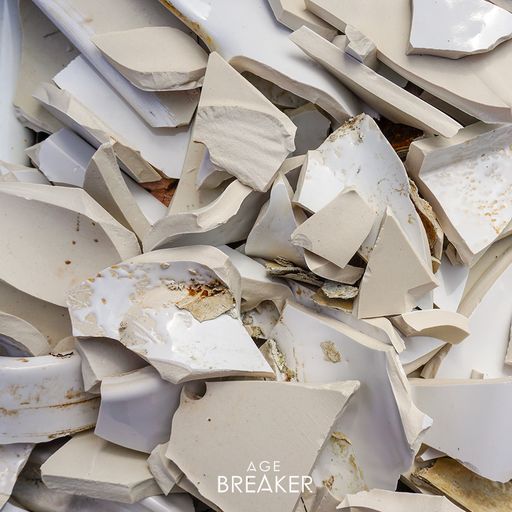Regardless of the risks associated with osteoporosis, a high level of glycation is significantly associated with the risk of hip fracture
Hip fractures mainly affect older women (over 80), often following a minor fall. They are the direct consequence of bone fragility, osteoporosis.
Up to 30% of the victims of these fractures become dependent, nearly 25% die in the year following the fracture.
Independently of the risk factors for osteoporosis, the biological mechanisms associating aging and the risk of hip fracture are poorly understood.
An observational study, still in progress, on adults over the age of 65 with a follow-up of 25 years, highlights 5 factors significantly associated with the risk of hip fracture, including, in particular, the high presence of trans fatty acids in blood and a high level of glycation (1).
These results would show that a healthy diet, without added sugar or trans fatty acids, would significantly reduce the future risk of hip fracture.
© AGE Breaker 03 2023
[Glycation is one of the major causes of aging. Resulting from the fixation of sugars on the proteins constituting the organism, glycation generates toxic compounds that cause cellular aging. Glycation is particularly involved in metabolic disorders, skin aging and cognitive decline.] [AGE BREAKER, patented nutritional supplements, based on rosmarinic acid, recognized by aging specialists around the world for their properties to reverse the effects of glycation.]More on www.agebreaker.com
#agebreaker #glycation #antiaging #longevitymedicine #preventivemedicine #preventivehealth #skinaging #4pmedicine #advancedglycationendproducts
(1): P. Buzkova et Al. Age-Related Factors Associated with Hip Fracture Risk. Endocrine Practice. Volume 29, Issue 3 March 2023. https://doi.org/10.1016/j.eprac.2023.03.001









